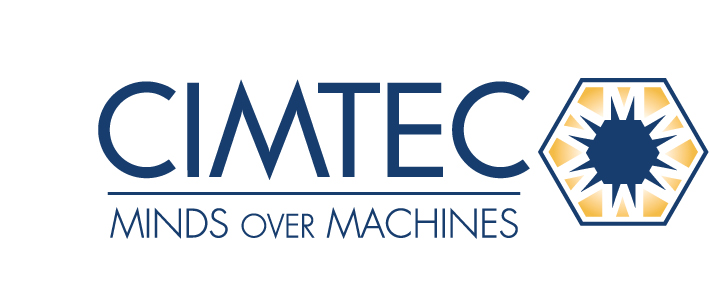- Home
- Collaborative Robots Relieve Workers From Repetitive Tasks
About Us
We are Florida, Georgia, Virginia, North Carolina and South Carolina's premiere automation solutions provider and are committed to being an innovative supplier. It is our goal to be an expert in everything that we sell so that we can be a better asset to our customers.
Contact Us
3915 Shopton Rd., Suite 103
Charlotte, NC 28217
Phone: 877.524.6832
sales@cimtec.com
Copyright ©2025 CIMTEC Automation all rights reserved.

The COVID-19’s particular obstacles for producers, such as rapid adjustments to production lines and the adoption of social distance regulations, make cobots even more desirable now than they would be under normal conditions. Many jobs in a manufacturing setting fall under the heading of “machine tending,” where a piece of machinery needs human assistance to execute a task.
Any task that fits that description is generally a candidate for automation using a cobot, if only because doing so greatly increases productivity by decreasing human idle time.
But there’s more to it.
For instance, it is essential to keep CNC machines as loaded and operational as feasible due to their high capital cost. Cobots are capable of carrying out all or portions of the normal CNC tool process tending phases, such as loading material into the machine, shutting the door once the machine is turned on, turning the machine on after the machining is finished, opening the door to remove the finished machined item.
The use of cobots to automate machine maintenance chores offers significant advantages to employees. After risk evaluation, the built-in safety features of Cobots obviate the need for caging. Furthermore, cobots reduce the danger of unintentional and repetitive injuries by separating people from moving machine components and pinch points. Additionally, controlling cobots boosts worker happiness and value compared to, say, maintaining CNC, injection molding, and press brake equipment.
Cobots only need to be trained once per product, process, and machine, which means higher throughput and consistent product quality. In turn, higher throughput results in lower finished goods costs.
Our versatile Machine Tending Kits are a ready-made solution without all the programming hassle and expense associated with standard machine tending automation. The system’s CNC Application Program enables end-users to get up and running quickly without the necessity of intricate custom programming. And with to its MultiGrip work holding, which combines a gripper, vice, and vice jaw system, adding new parts is incredibly rapid and simple.
The main thing that’s attractive to many about UR cobots, is that they don’t require an integrator to set up and use on an ongoing basis. They are designed to be used by end-users, dditionally, when a traditional industrial robot has a problem, experts have to be flown in, adding further downtime and cost to an existing problem, but this isn’t the case with UR cobots.
Give one of our Sales Engineers a call, we are ready to help you find a solution to your production needs. 877.524.6832
Recent Posts